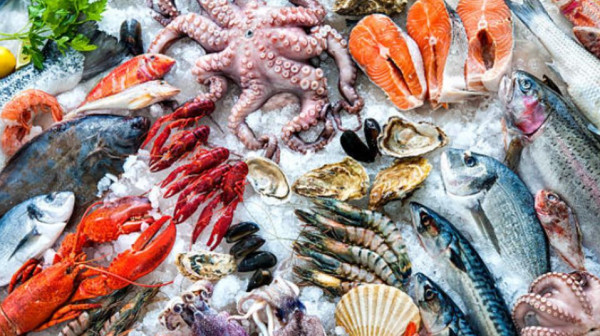
Fisherman committee official Zakaria Bakr said there was a decrease in the quantities of fish in the Gaza Strip, stressing that the increase comes after every drop for a day or two no more. The fish market recovered for four days after the last drop, To this day, and will decrease in the coming days as a result of natural factors, freezing water.
"The prices of fish range from 20 shekels to 60 shekels or 70 shekels per kilo, popular fish, and small red fish, which resemble sardines with 20 shekels, deer with 30 shekels, almonds and shrimps above 50 shekels, The irony is that the prices do not meet the fisherman's needs and expenses and the fuel he loses during the fishing process, and does not meet the needs of the citizen who needs the fish and can not buy them. "
He revealed that the Gaza Strip needs annually to 15 thousand tons of fish, and the Gaza Strip does not provide up to 2000 tons, so the sector imports fish from Egypt to this day.
He pointed out that the fishermen of the Gaza Strip were able to catch large amounts of fish 10 days ago, after the severe depression, which hit the city, while noting that the quantities caught did not cover the domestic market, and prices fell somewhat but in difficult economic conditions Suffering from the population of the Gaza Strip, fish prices are not available.
He attributed the deteriorating situation in the fishing profession to the general political situation, siege, unemployment and poverty, as well as the daily pursuit of fishing boats by fishermen.
On the permitted fishing area, Bakr explained that the occupation divided the sector into five sections, from the northern Gaza Strip 3 miles, from Sudan to Wadi Gaza 6 miles, from Wadi Gaza to Deir El Balah 9 miles from Deir El Balah to Khan Younis 12 miles, Khan Younis until Rafah 6 miles, and restricted access area from north to south by about a mile and a half.
He added: "The most important is the value and meaning of any space in Gaza in light of the continuing operations of prosecution, killing and destruction, practiced by the boats of the occupation in any area in the sea, even in the areas identified by the areas are allowed to work.